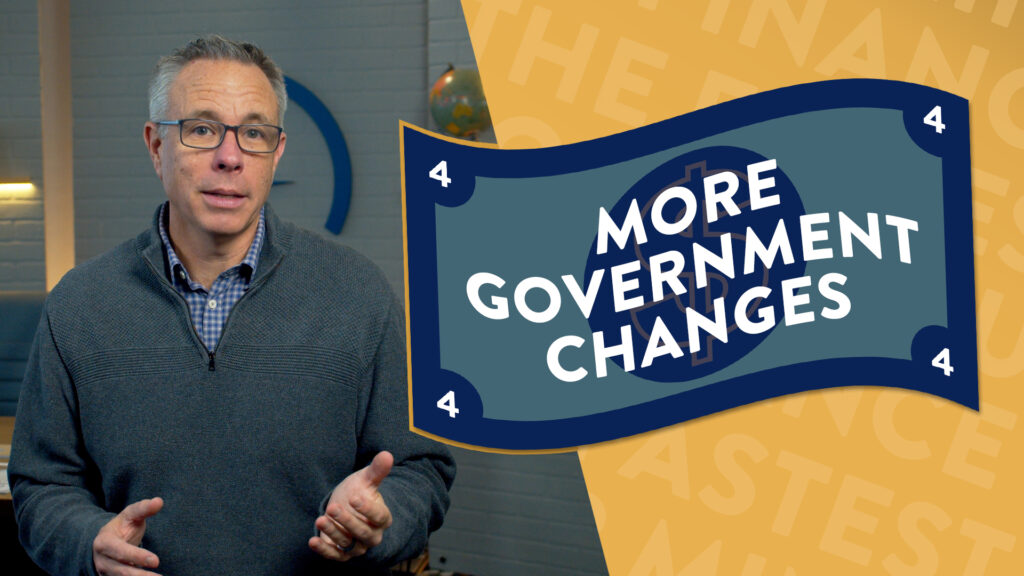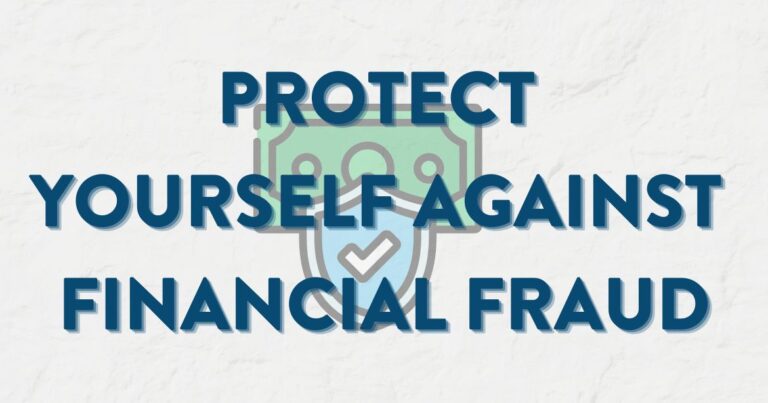When I started in the financial services industry, I remember being overwhelmed at all the acronyms that get thrown around. I know every industry uses them, but I felt like this industry is the king of acronyms. In fact, during my first few days with GenWealth, I can remember sitting in a team meeting keeping track of just how many acronyms were mentioned. Later, I went through that list to determine what they all meant.
Now, if you add the government to the mix, well, you’ve got an unbeatable, unstoppable duo of acronym creators that will never be surpassed.
New Retirement Plan Acronym – Understanding PLESAs
We’ve got a new one for 2024. Today we are talking about PLESA’s. I’m not even sure if I’m pronouncing that right. But, it stands for Pension-linked emergency savings accounts.
You may remember us talking about the SECURE 2.0 Act that brought new rules for retirement plans. A provision for the creation of these PLESA’s was in that legislation but took effect for 401k’s and other employer-sponsored retirement plans this year.
If your employer chooses to create a PLESA, it would be, in essence, a separate account within your retirement account. You would be able to make after-tax contributions to it, and withdraw the funds tax-free. Sounds a lot like a Roth 401k. And it is, except that these dollars have stand-alone contribution limits, only $2,500 annually, with an employer match of up to $2,500. The funds are meant to be held as an emergency fund. As such, they are required to remain in cash, or an investment that preserves your principal.
How PLESAs Work
They are also meant for low to middle-income employees who struggle to establish an emergency fund, and when there’s an emergency, have a tendency to raid their 401k, and incur taxes and penalties, and damage their financial future, to replace an air conditioner, or repair their car. If you made more than $135,000 in 2022, you are not eligible for a PLESA. Also, if you are eligible in 2024, but your income exceeds the limit in 2025, you will not longer be eligible, but still have access to your money.
A worker is permitted to make withdrawals monthly from their PLESA, but an employer is permitted to create reasonable restrictions to keep an employee from contributing simply to get the match, then pulling it all out.
We are generally in favor of this idea. An employer can automatically enroll a participant in the PLESA, which could create a $5,000 emergency fund within a year, for someone who needs it. That’s a good thing.
These contributions are made through payroll deductions, which workers generally never miss. It can be easier to save when the money never hits your bank account, and you never have the opportunity to spend it.
But, as anything with the government, it tends to be a little more complicated than it needs to be. For instance, the first 4 withdrawals must be allowed without a fee, but after that, the employer may charge fees on withdrawals for the remainder of the year. So, a PLESA could end up being more costly than a bank savings account.
It’s important to establish an emergency fund that is not at risk in the market. Working with a financial advisor is a great way to determine how much you should have in that emergency fund, and where it should be held.




